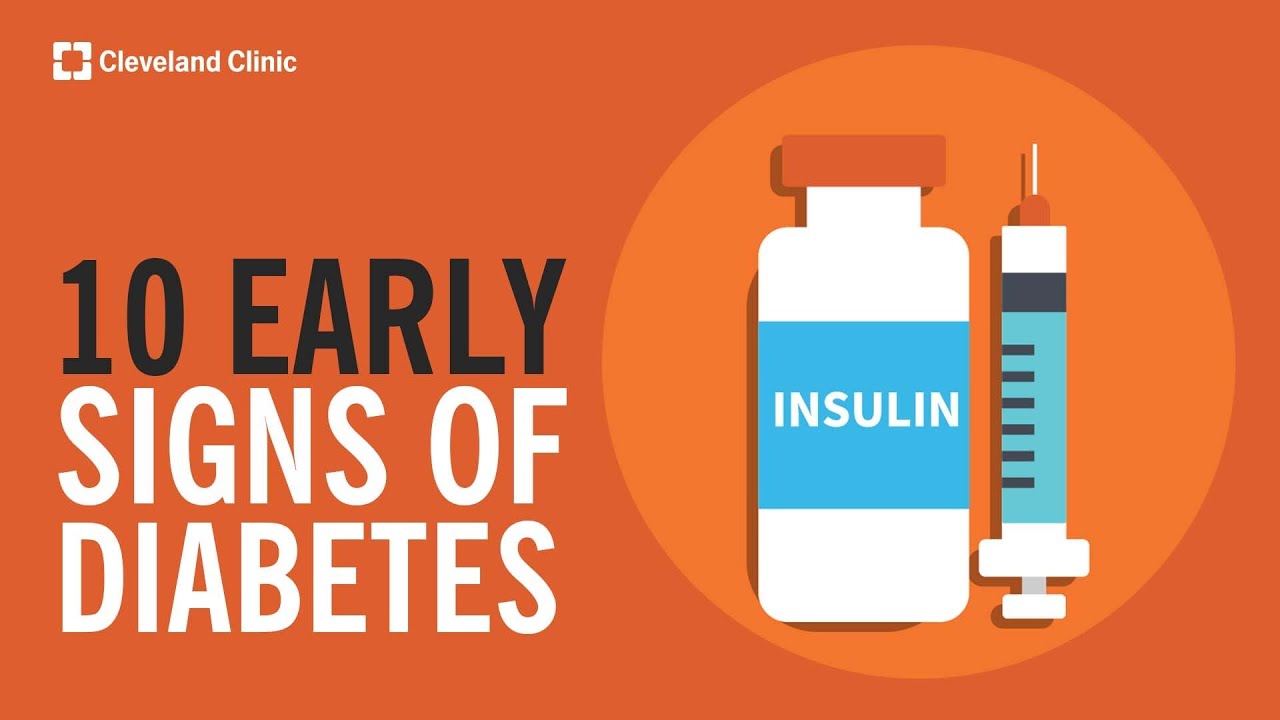Daily glucose swings tied to cognitive impairment in elderly diabetics
Reuters Health • The Doctor's Channel Daily Newscast
As reported in Diabetes Care, published online June 23, Dr. Raffaele Marfella and colleagues at the Second University of Naples studied 121 outpatients with type 2 diabetes ranging in age from 65 to 88 years.
None of the subjects had carotid plaque >70% on ultrasound examination, or white matter lesions or significant cortical or subcortical atrophy on MRI scans.
Using data from continuous subcutaneous glucose monitoring, the investigators found that the mean amplitude glucose excursion (MAGE) over 24 hours was 71 mg/dL, while the mean 24-hours glucose levels were 176 mg/dL.
MAGE was significantly correlated with Mini Mental Status Examination scores (r= 0.83, p<0.001) and with a cognition composite score (r= 0.68, p<0.001) that included executive and attention functioning with the MMSE, Dr. Marfella and colleagues report.
Furthermore, the relationship between MAGE and cognitive function was independent of HbA1c, postprandial glucose levels and fasting plasma glucose readings.
“The rapid glucose swings from relatively high glucose levels during postprandial periods to low values or even to asymptomatic hypoglycemia, and its associated neuroglycopenia, may largely contribute to a more rapid decline of metabolic activity in the brain,” the researchers suggest.
Dr. Marfella commented in an email that the next step, based on the findings, seems clear. “The present data open the field to conduct interventional studies aimed at treating glycemic disorders not only by reducing HbA1c and mean hyperglycemia but also by flattening acute glucose fluctuations.”
He advised, “The best way to prevent swings in glucose levels is to set hypoglycemic therapy not only for the prandial period but also for interprandial period.”
Reference:
Diabetes Care
Diabetes Care 2010.








